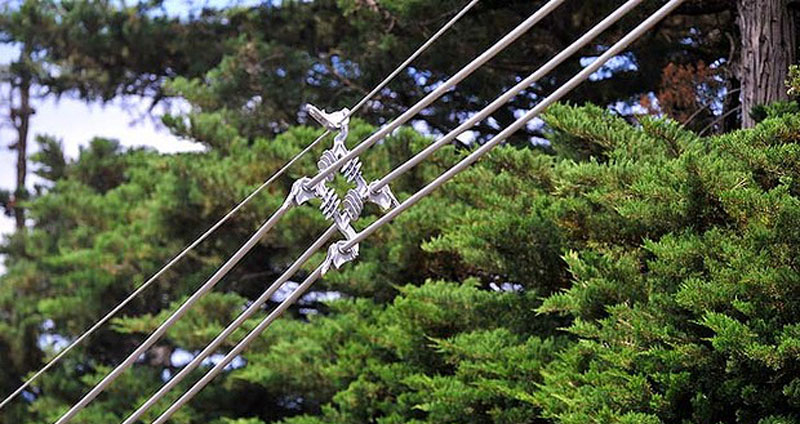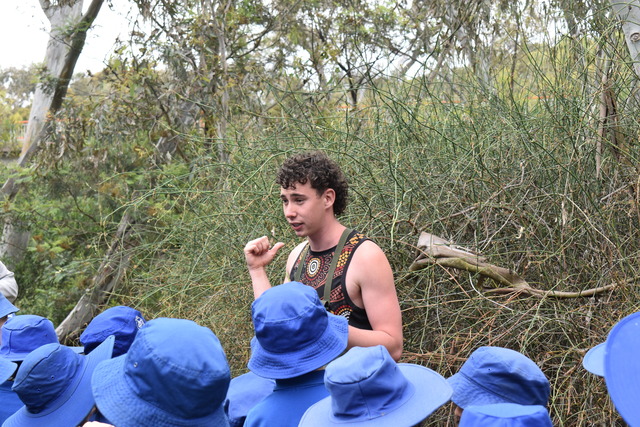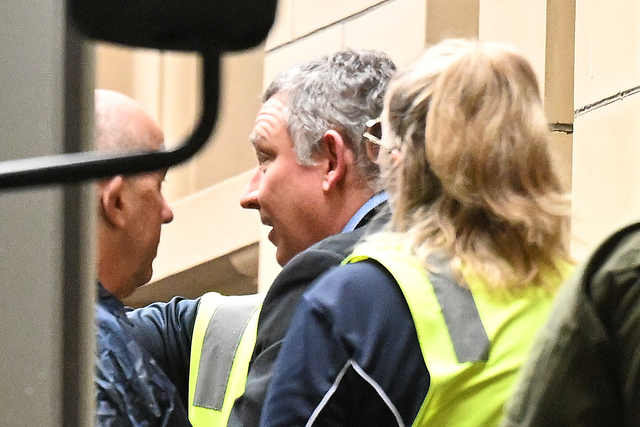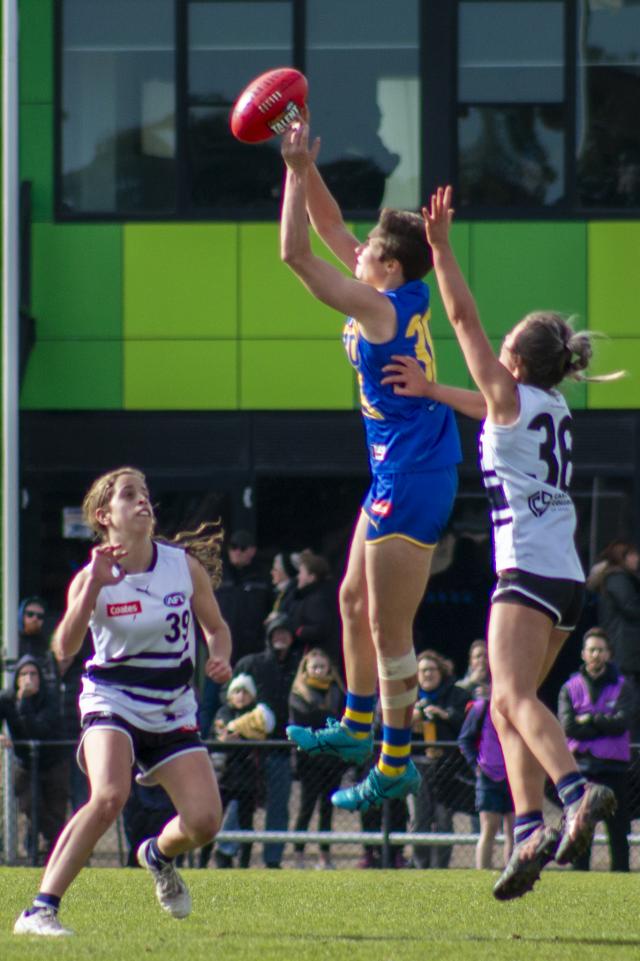Covered power lines – recently installed for the first time in a short stretch in rural Victoria – are likely to be used to make Victoria’s most high-risk bushfire areas safer.
The power lines, now suspended in a 1.4-kilometre length next to a vineyard and horse properties at Coldstream in the Yarra Valley, are said to reduce substantially the risk of power lines causing bushfires.
They have long been in use in the US and more recently in Western Australia.
Power company SP AusNet installed the high voltage ”spacer cable” power lines on the quiet rural road beyond Melbourne’s eastern fringe in late 2012. They are a significantly cheaper option than burying power lines underground, and are also cheaper than ”aerial bundled cable”, or ”ABC”.
The spacer cable system is one of a range of measures likely to be adopted as part of a $750-million program to improve power line safety, in response to investigations by the Bushfires Royal Commission and a taskforce established by the state government.
The royal commission found that five of the major fires on Black Saturday, including the Kilmore East fire that claimed 119 lives, were caused by failed electricity assets.
It found that the Kilmore East fire was caused by electrical arcing after a conductor estimated to be more than 40 years old broke.
The ”Hendrix Spacer Cable” system installed in Coldstream has a number of features to minimise fire risk. The electricity cables are covered in polymer and are held in place at intervals of about nine metres to prevent the lines from clashing.
Another feature is the use of special brackets that attach the lines to power poles. The brackets are designed to snap under a certain load – for example a fallen tree – allowing the power lines to fall to the ground intact rather than breaking and exposing live wires.
Phillip Bryant, SP AusNet’s network safety manager, asset management division, said the system was ”a real option” for installation in high fire-risk areas.
Asked about the cost of the system, Mr Bryant said, ”it’ll be between half and a third of the cost of underground, and it’s possibly about in the order of 75 per cent of the cost of ABC”.







